North Cascades National Park

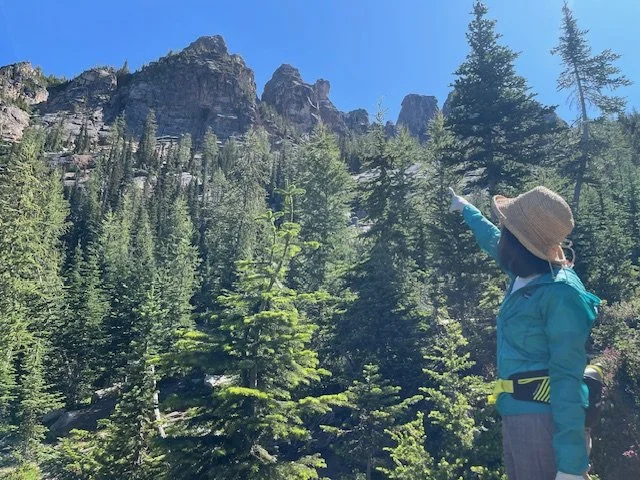
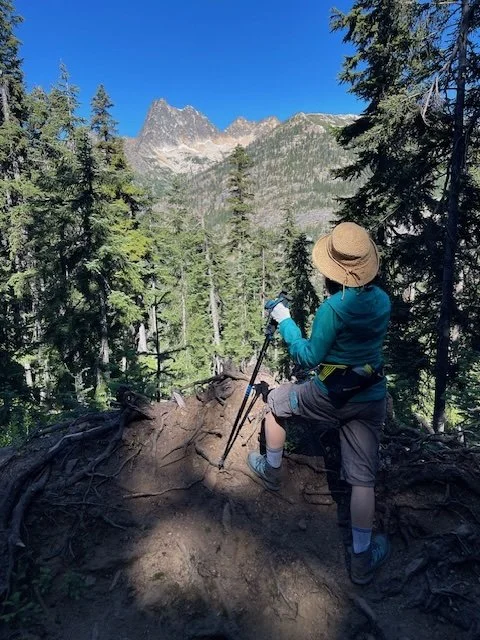
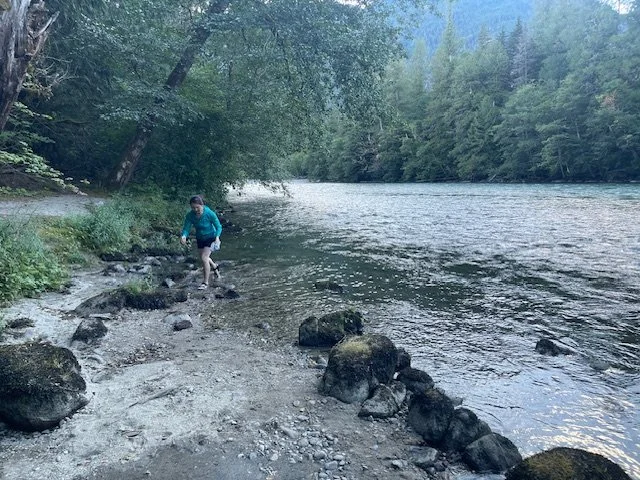
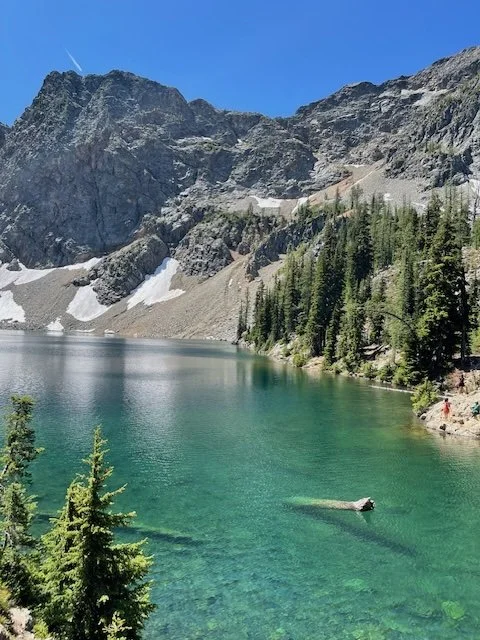
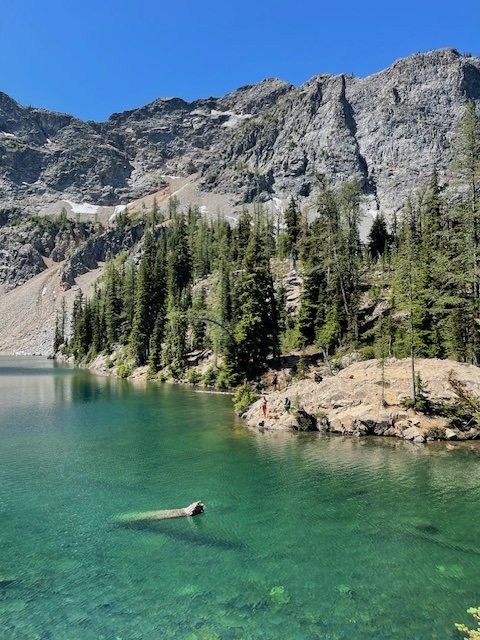

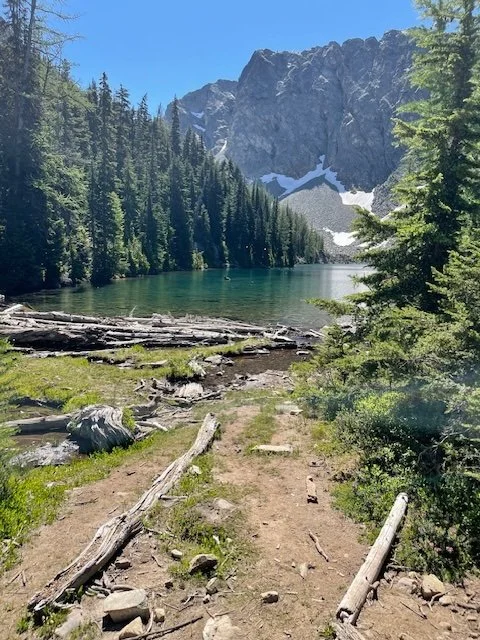
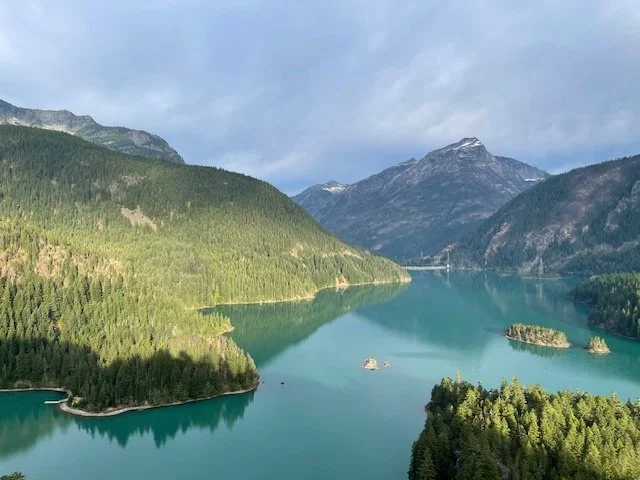
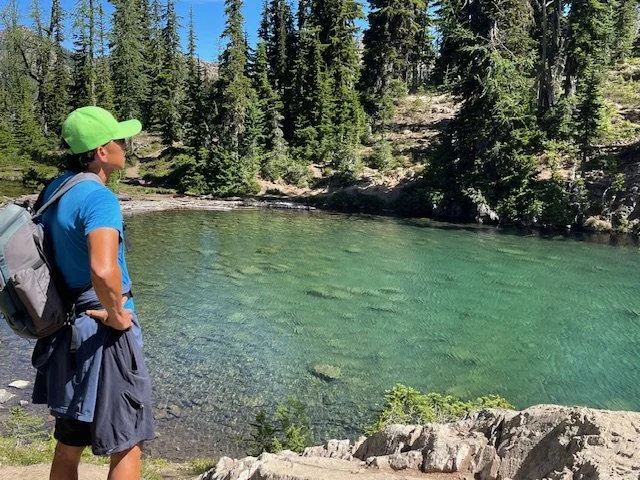
As the first stop on our journey through Washington’s trio of iconic national parks, North Cascades National Parkgreeted us with a quiet, untamed beauty that felt worlds away from the everyday. Often dubbed the “American Alps,” this rugged wilderness is carved by jagged peaks, cloaked in old-growth forests, and laced with hundreds of glaciers—more than any other U.S. park outside Alaska.
We arrived in a camper van, choosing this mode of travel to slow down, live simply, and stay closer to nature. Embracing the experience fully, we opted for a dry camping area—no hookups, just the sounds of the forest, the star-filled sky, and the rhythm of the land. It was a grounding way to begin our adventure.
Unlike its more popular siblings, Mount Rainier and Olympic, North Cascades remains wild and less developed—a place where solitude is still possible, and the vastness of nature humbles you. Whether you're seeking alpine lakes, dramatic vistas, or a moment of quiet, North Cascades offers a powerful invitation to reconnect—with the land, and with yourself.
Our first two days in North Cascades were spent exploring its quieter corners and embracing the rhythm of life on the road. We camped near the Skagit River at Newhalem Campground, a peaceful dry camping site surrounded by towering trees and the sound of rushing water. On our first day, we visited the North Cascades Visitor Center to get our bearings, then followed the gentle River Loop Trail, a perfect introduction to the park’s lush forest and vibrant riverbanks. The next day, we ventured farther, driving the scenic route past Diablo Lake—its surreal turquoise waters stopping us in our tracks—before hiking the stunning Blue Lake Trail, where alpine views rewarded our efforts.
Though two full days weren’t nearly enough to dive deep into this vast landscape, they gave us something even more valuable: a sense of stillness. We took time to read, to breathe, and even plunged into the icy waters of the Skagit River—brief, shocking, and incredibly refreshing. More than anything, we felt reconnected to nature and to ourselves.
What We Loved Most
A few highlights from our short time in the park:
Newhalem Campground: Quiet and tree-shaded, with easy river access and space to unwind. No hookups, but perfect for dry camping and vanlife simplicity.
River Loop Trail: A serene, beginner-friendly walk that winds through forest and riverbanks—great for a first taste of the park.
Diablo Lake Overlook: Breathtaking, surreal-blue waters you can’t help but stop for.
Blue Lake Trail: A moderate hike with big alpine rewards—crystal-clear waters, wildflowers, and mountain reflections. Bring layers, even in summer!
Vanlife & Dry Camping in the North Cascades
Traveling by camper van added a deeper connection to the park. Here are a few notes for fellow vanlifers:
Dry Camping: Be prepared—no electricity or water hookups at Newhalem, so come with a full tank and charged batteries. But the tradeoff is silence, starry skies, and waking up to the sound of the river.
Parking & Roads: Highway 20 (North Cascades Highway) is scenic and well-paved, with plenty of pullouts for views or lunch stops.
No Cell Service: Plan ahead. Maps, trail info, and campground reservations are best downloaded in advance.
Respect the Quiet: This park is less crowded and less developed—part of its charm. Embrace the slower pace.
Reflections from the Road
In just two days, North Cascades reminded us how easy it is to lose touch with nature—and how healing it is to return. We didn’t do it all. We barely scratched the surface. But that wasn’t the point. The stillness, the cold river plunge, the book read under a canopy of trees—these were enough.
This park doesn’t shout for attention. It whispers. And if you slow down long enough, you’ll hear it.
If You Go: Quick Travel Tips
Best Season: July to September (roads are often snow-covered outside this window).
Campground: Newhalem Campground – Reserve early in peak season.
Must-See Spots: Diablo Lake Overlook, Blue Lake Trail, Washington Pass Overlook.
Essentials: Bear-safe food storage, layers for changing weather, and a good book.
